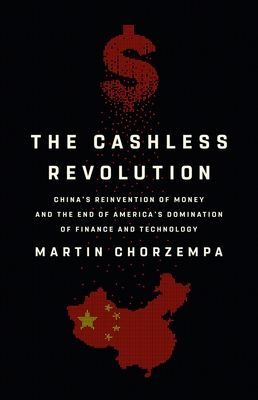
PART I
Financial Repression and the Rise of
Chinese Tech (2002–2012)
1 The Rise of the Super-apps
“Time is money, efficiency is life”
Following a trip abroad in the early 1990s, Zhou Xiaochuan, a lifelong
bureaucrat who was then vice president of the state-owned Bank of China,
arrived back in Beijing convinced that the internet was the future of finance.
He had just returned from a banking conference where every person
attending received a floppy disk with software to go online and send emails.
He saw a chance to make a big difference back home, where no one was
using the internet even though the necessary ingredients like computers and
telecom connections existed. When he dropped by the state telecom bureau
to request an email account for the Bank of China, surprised workers
informed him that he was the first person in the city to ask for one.
Luckily
for financial technology—fintech—in China, Zhou focused on developing
Chinese finance through new technology. He would soon become one of the
country’s most powerful officials and fintech’s most important protector.
China’s fintech revolution transformed its financial system from the
backward, low-tech, and repressive one that I encountered as recently as
2013 to today’s financial technology powerhouse. A billion Chinese people
who were starved for financial and other services a few years ago now have
an abundant choice of investments, loans, payments, and a host of
conveniences, some of which surpass what is available in the United States
and elsewhere in the West. In turn, the symbiotic relationship between
technology and finance helped fuel the growth of big Chinese technology
companies, which have gone from imitators of Silicon Valley to innovators
that compete with and inspire US tech giants.




